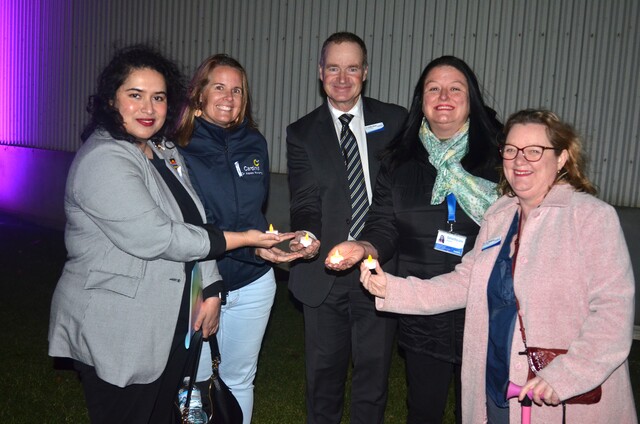Leaders of a Keysborough school and a cultural centre say their students and members will be endangered by an EPA-approved waste-to-energy plant.
Mt Hira College and Keysborough Turkish Islamic and Cultural Centre (KTICC) lie within the 1.5-kilometre buffer zone for the project in Ordish Road, Dandenong South.
KTICC board member Muhammed Sezgin said the EPA’s works approval was a “big disappointment”.
He said “many existing religious and cultural centres, schools” nearby would be impacted by air emissions and pollution.
“Our children deserve to live in a safe place and breathe fresh air.”
The project would impact on KTICC’s plans for facilities in the vicinity, such as an early learning centre, a function centre, a youth centre and aged care centre, Mr Sezgin said
He hoped that VCAT, which will consider a planning permit for the plant, would “do the right thing”.
A “shocked” and “quite frankly disappointed” Mt Hira College chairperson Tugrul Usta said his school and a soon-to-open early learning centre were just 1.4 kilometres from the plant.
“This is worrying as you can imagine a building of this sort would have within a certain radius a negative impact on the air quality and consequently on human health.”
Mr Usta noted the EPA’s finding of “negligible” risk to human health.
“Regardless, it seems there is potential risk to human health.
“It is also important to note that local schools, residents and the Greater Dandenong Council all strongly oppose the construction of this incinerator in Dandenong South.
“Therefore, we hope VCAT will take into consideration the proximity of the schools and homes when deciding on the outcome of this project.”
The VCAT hearing is scheduled to start on 27 July.
In its findings, the EPA stated the “potential air emissions … pose negligible risk to human health”.
The proposed air emission, odour and noise pollution controls were “consistent with international best practice standards of the European Union”.
As part of “stringent conditions”, proponent Great Southern Waste Technologies must monitor emissions such as particulate matter (PM2.5 and PM10), polycyclic aromatic hydrocarbons, polychlorinated biphenyls, volatile organic compounds, dioxins and furans.
It must also monitor carbon monoxide, mercury, sulfur dioxide, hydrogen fluoride and oxides of nitrogen emissions.
The EPA’s works approval is subject to an audit of the plant’s final detailed design and meeting “world’s best environmental practice standards”.
The plant’s air emission pollution controls must be “upgradable” to meet stricter emission limits in the future, according to the EPA’s conditions.







